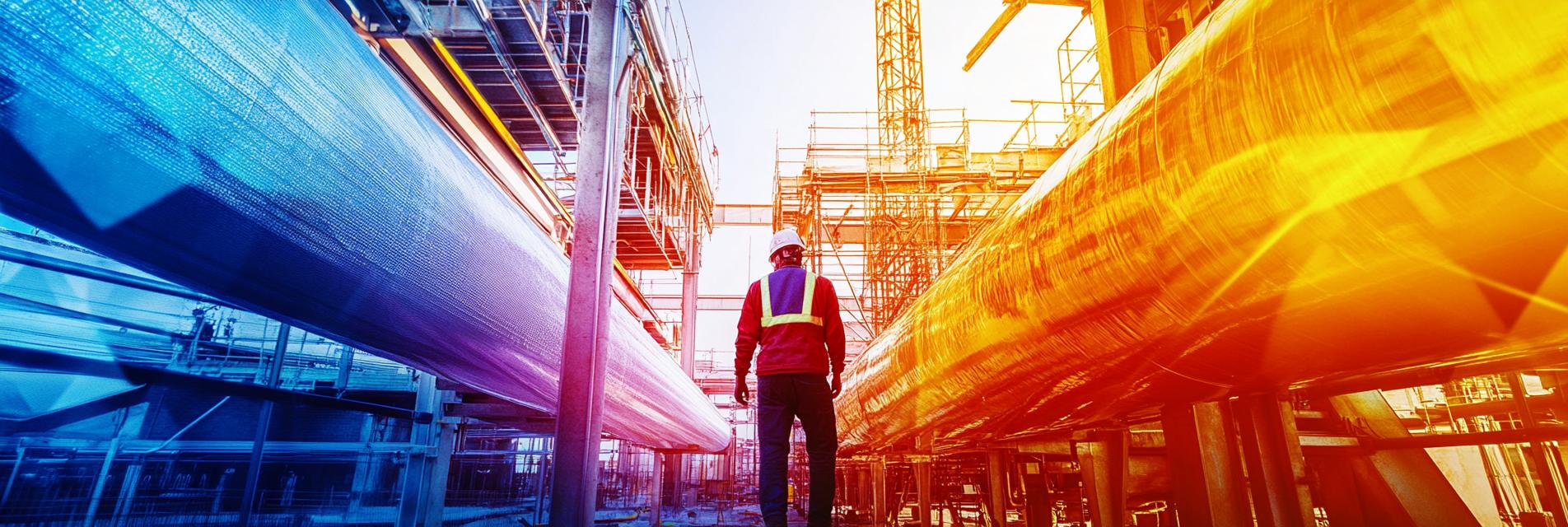High-temperature insulation materials offer remarkable energy-saving and environmental benefits. In a world increasingly concerned about energy efficiency and sustainability, understanding these properties is crucial for engineers, architects, and builders.
The primary function of high-temperature insulation materials is to minimize energy loss. These materials, designed to withstand extreme temperatures, help keep energy within the systems they insulate. By reducing heat transfer, they contribute significantly to energy conservation in industrial and residential applications.
High-temperature insulation materials find applications in numerous sectors, including:
Many high-temperature insulation materials are manufactured using eco-friendly processes, ensuring minimal environmental impact. Biodegradable and recyclable materials are increasingly being utilized, underscoring a commitment to sustainability.
Implementing energy-efficient insulation helps reduce greenhouse gas emissions by lowering energy consumption. The use of sustainable insulation materials also contributes to a circular economy by enabling recycling at the end of their life cycle.
High-temperature insulation materials play a crucial role in enhancing energy efficiency and environmental sustainability. As industries evolve towards greener solutions, these materials will undoubtedly remain at the forefront of building a sustainable future.

